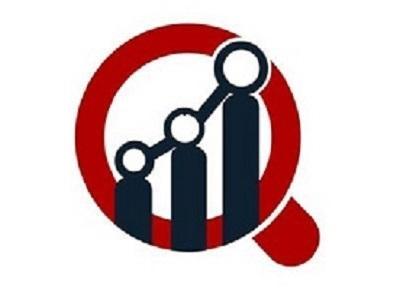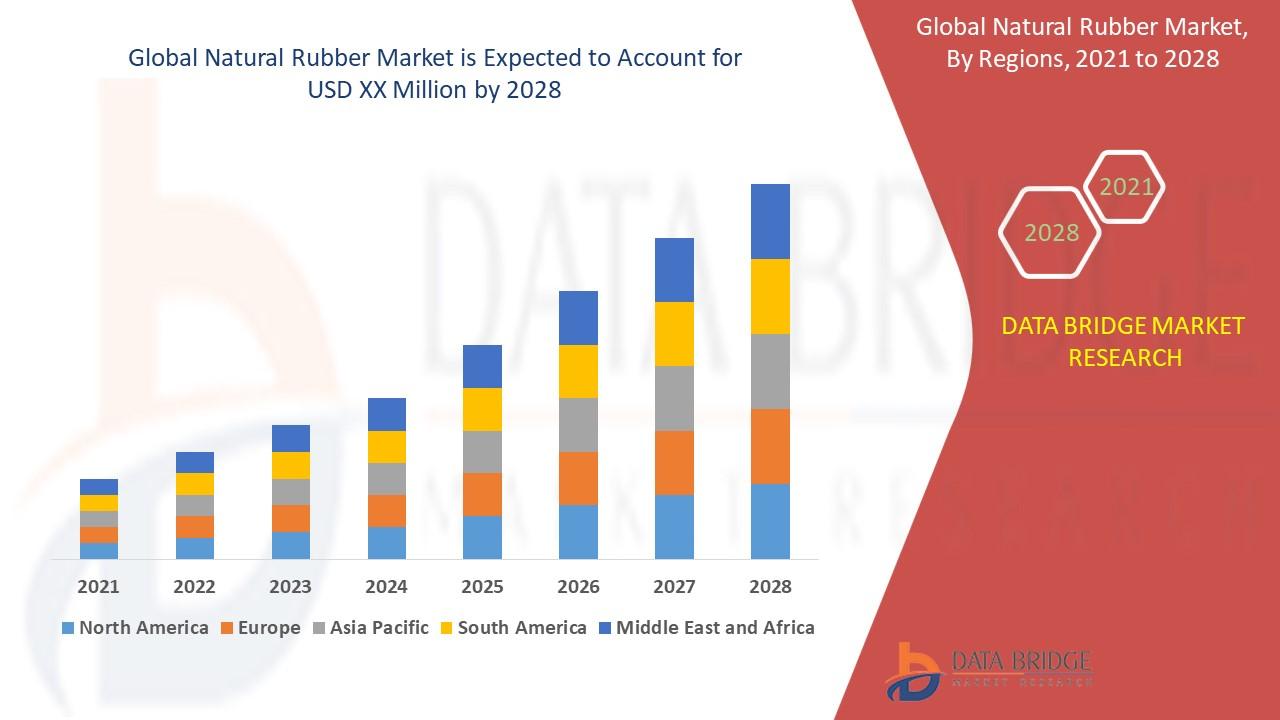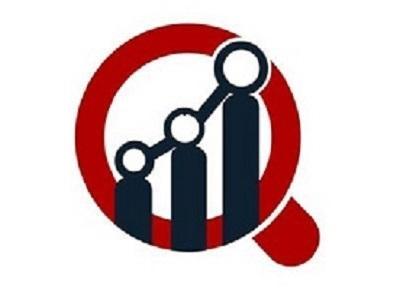Electrostatic Precipitator Industry – Advanced Filtration and Dust Control Systems

Electrostatic Precipitator Industry The Electrostatic Precipitator Industry is evolving with innovations in high-efficiency designs, automated monitoring, and hybrid technologies that enhance particulate removal across diverse industrial applications.
The Electrostatic Precipitator (ESP) Industry represents the global ecosystem of manufacturers, engineering consultants, technology licensors, and service providers that develop, deploy, and maintain these specialized air pollution control systems. Structurally, the industry is best described as a niche within the capital goods sector, specifically dedicated to environmental engineering solutions.
The industry's competitive landscape is characterized by high barriers to entry, primarily due to the specialized knowledge required in high-voltage engineering, fluid dynamics, and process chemistry. Established industry players benefit significantly from long-standing relationships with major industrial clients, particularly in the utility and heavy manufacturing sectors. These relationships are often cemented by the perceived risk aversion of industrial operators; choosing a proven, reliable vendor for mission-critical environmental control systems is prioritized over minor cost savings. This creates a market where reputation, performance history, and long-term service agreements play a more pivotal role than short-term pricing.
The industry's supply chain is complex, involving sourcing specialized components such as high-voltage power supplies, sophisticated control systems, and corrosion-resistant materials for internal electrodes and collecting plates. Fluctuations in the cost and availability of these specialized materials can impact the production cycle and final project costs. A notable aspect of the industry structure is the crucial role of after-market services. Given the constant operation and eventual wear and tear on internal components like discharge electrodes and rappers, the profitability and long-term client engagement of many firms are heavily dependent on providing routine maintenance, component replacement, and system optimization services. The life extension of an ESP through scheduled maintenance is often seen as a core value proposition by industry participants.
Technological advancements within the industry are incremental yet essential. Current innovation is focused on improving operational efficiency without compromising collection performance. This includes developing more durable and lightweight electrode materials to simplify maintenance, refining the mechanical rapping systems for more effective dust removal and reduced re-entrainment, and, most significantly, integrating predictive maintenance systems. By using data from embedded sensors, sophisticated algorithms can predict the precise moment a component might fail or when a system requires an adjustment, moving maintenance from a reactive to a proactive activity.
From an organizational perspective, the industry is increasingly emphasizing a 'solutions-oriented' approach. Instead of merely selling equipment, companies are positioning themselves as comprehensive partners for emission compliance. This involves providing preliminary engineering studies, custom design and simulation, installation, compliance testing, and ongoing operational support. This shift reflects the increasing complexity of environmental regulations, where a holistic approach to air quality control—integrating the ESP with upstream and downstream processes—is often necessary to achieve stringent limits. The continued globalization of manufacturing and power generation means that a firm’s success is often tied to its ability to navigate diverse international regulatory regimes and deploy technologies reliably across different continents and local environmental conditions.
FAQ on Electrostatic Precipitator Industry
Q1: What is the primary barrier to entry for new companies looking to manufacture large industrial ESPs?
A: The main barrier is the specialized engineering expertise required, particularly in high-voltage power systems and predicting the complex aerodynamic and chemical behavior of flue gases, alongside the necessity for a substantial, credible installation history to gain client trust.
Q2: How does the industry differentiate its service offerings beyond the initial equipment sale?
A: Differentiation heavily relies on long-term after-market services, which include comprehensive maintenance contracts, supply of proprietary spare parts, and offering expertise in system upgrades and retrofits to ensure prolonged compliance with evolving regulations.
Q3: In a qualitative sense, what risk does a company assume when choosing an unproven ESP vendor?
A: The primary risk is non-compliance and operational failure. Since the ESP is critical for a plant to operate legally, a failure can lead to forced shutdowns, regulatory fines, and catastrophic loss of production, making vendor reliability a critical factor.




